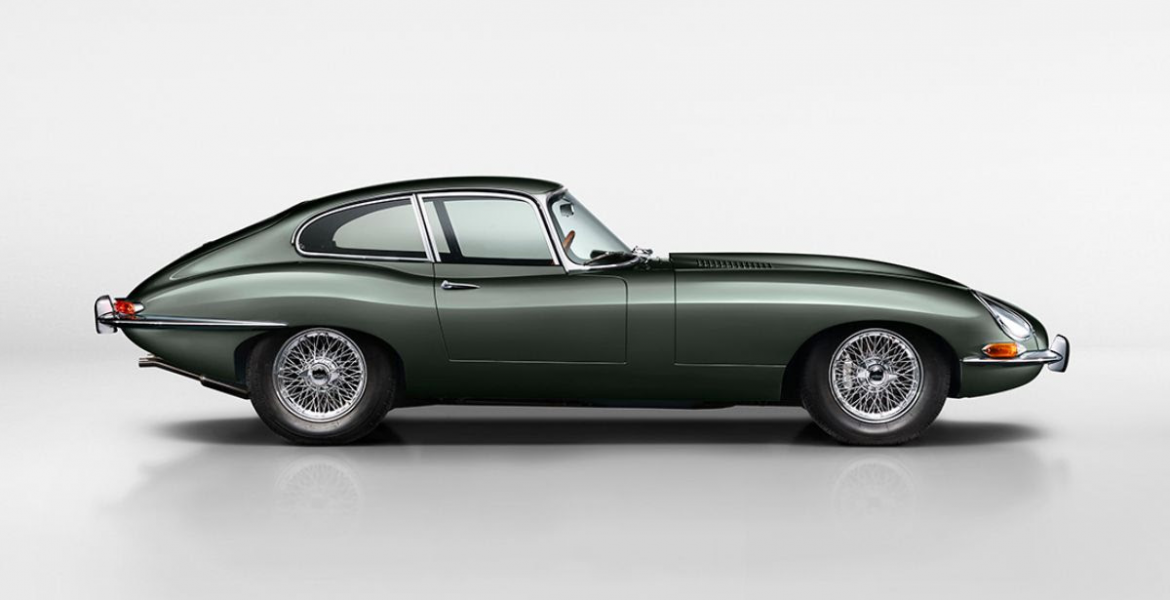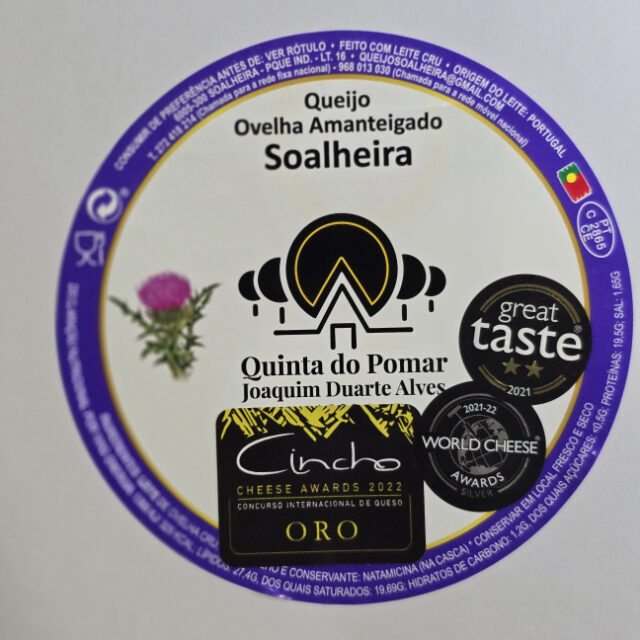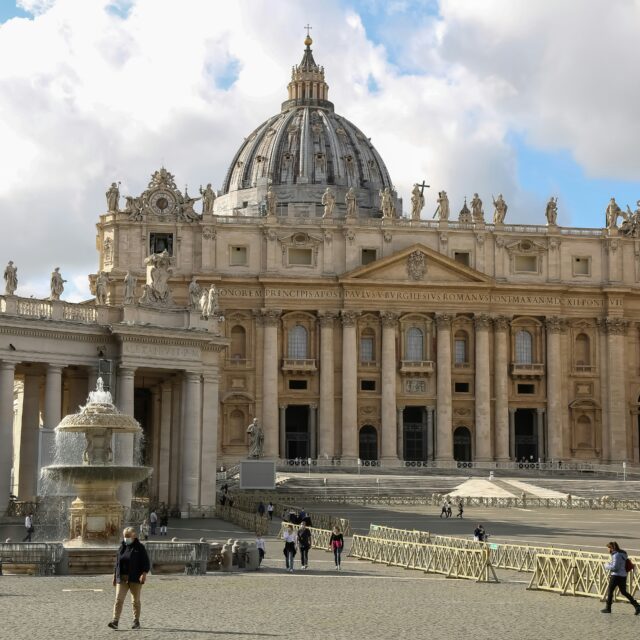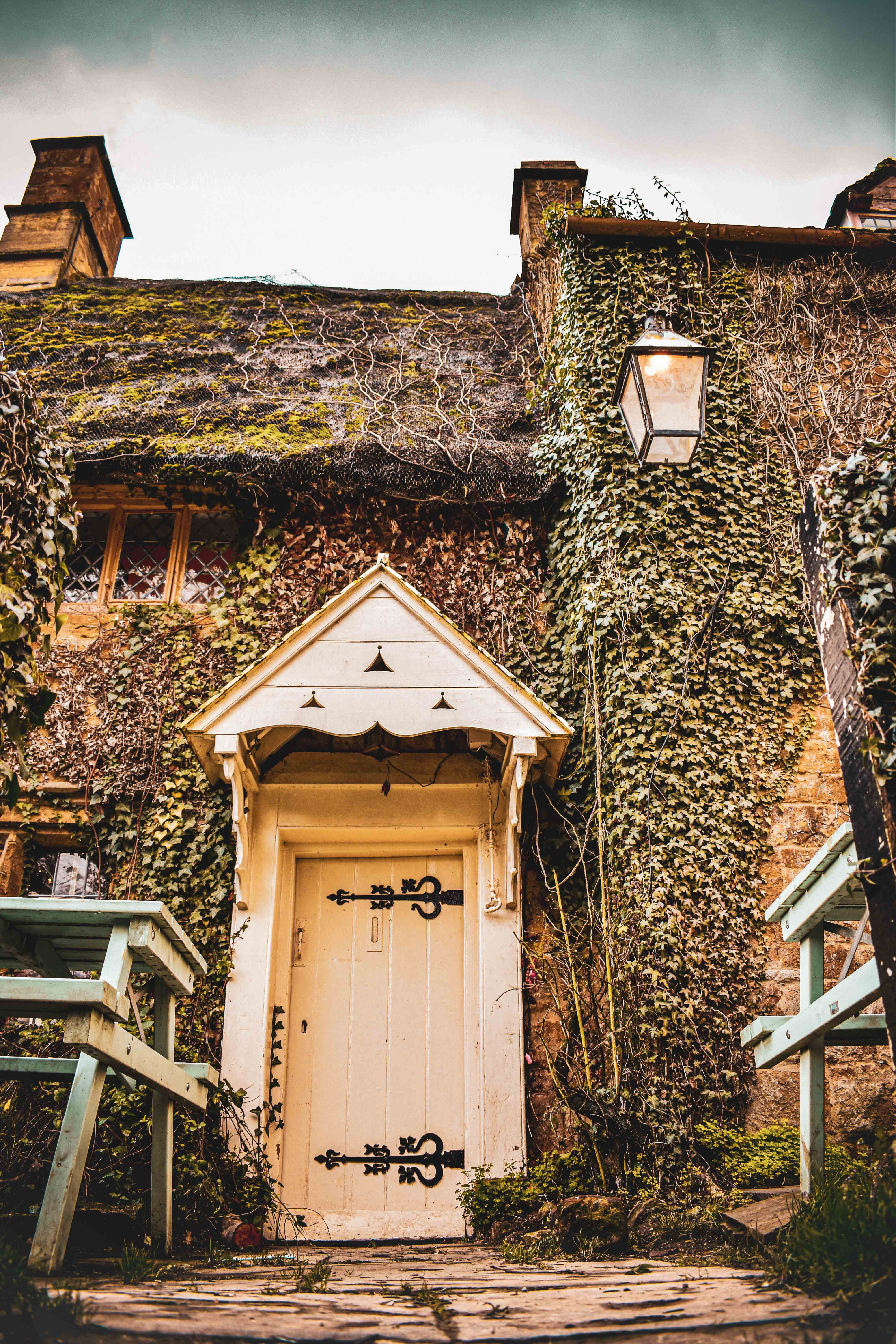A blast of motoring nostalgia hits Brussels this summer in the shape of an exhibition on the famous Jaguar.
During the expo at the city’s Autoworld museum, the Jaguar F-TYPE Heritage 60 Edition will be exhibited surrounded by several of its ancestors, and the legendary E-type, the dream car of many motoring enthusiasts.
This year the famous brand is celebrating its 60th anniversary and, to mark the occasion, 15 models will be on show.
For two months they will be joined by a Jaguar F-TYPE Heritage 60 Edition, of which a limited edition – a mere 60 models – are being produced to commemorate the diamond anniversary.
To make its appearance at the Geneva Motor Show in 1961, the “77RW” prototype, entirely hand-built, was driven to Geneva during a spectacular and predominantly night run lasting 17 hours, by Norman Dewis, Jaguar’s legendary development and test engineer. “77RW” is also the oldest E-type in the world.
Never before, and perhaps never since, has the car brought about so much passion, delight – and British pride.
As from the launch of the E-type, Jaguar had a car that was at least as good looking and fast as a Ferrari, but for a third of the price. It is similar to a Porsche 911, a model that every car designer has in his garage … or at least longs to have. Its six-cylinder is a dream, the driving position is fantastic and even Enzo Ferrari stated it to be the most beautiful car ever designed.
An Autoworld spokesman said, “Its historical background cannot be underestimated and above all its record of achievements is impressive.”
In many ways the E-type was a design based on the successful D-type racing cars with which Jaguar claimed numerous successes, including three victories at the 24 Hours of Le Mans in the period 1955-1957. The E-type was originally conceived as a racing car, but it eventually emerged as a road-going sports car and a pure “Grand Touring” machine. This does not detract from the fact that many E-types were also successful in the racing world.
The E-type originally came on to the market either as an open two-seater or a sporty closed “fastback”. Both versions had a similar chassis, a monocoque structure with a frontal support chassis. The power unit was the 3.8-litre engine developing 265bhp, that had proved its reliability in the Jaguar XK. Over a number of years new and more powerful variants came on to the market.
The E-type’s look was sensational and swiftly grew into a symbol of the ‘60s. With its highly favourable price/performance ratio, a top speed in the region of 240 km/h and for not very much more than £2000, the car was an immediate hit, especially on the American market.
Series II is one of the special E-types that is on display at Autoworld this summer. For several years, the car belonged to the British journalist Denis Jenkinson who won, in 1955, with Stirling Moss the Mille Miglia in an unprecedented record time (with a Mercedes 300 SLR).




